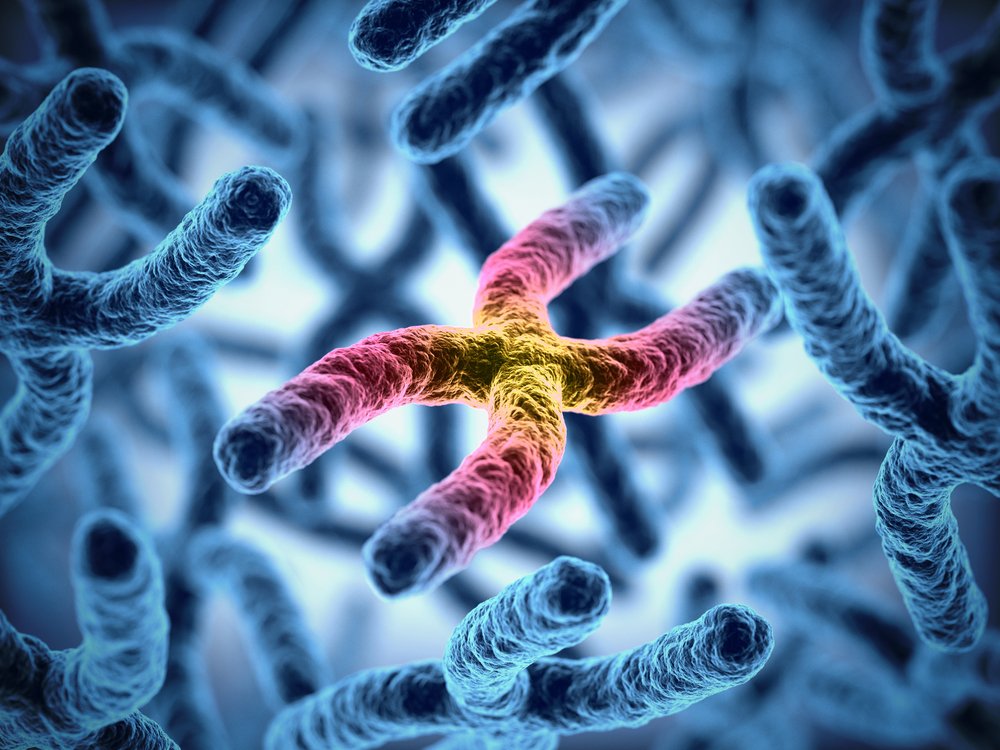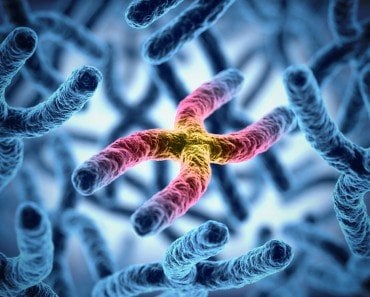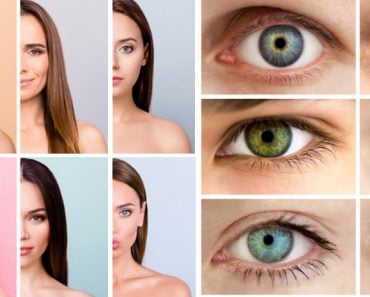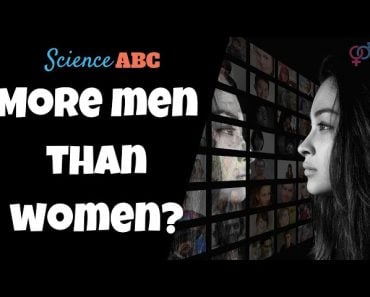Table of Contents (click to expand)
Every human being has a set of chromosomes. These chromosomes are what dictate a person’s genetic makeup, and thus, their physical appearance. Children can look so different from one another because they inherit a random mix of their parents’ genes. Additionally, environmental factors such as diet and lifestyle choices can also impact a person’s physical appearance.
Have you ever looked at a child and felt an overwhelming sense of familiarity, as though you somehow recognize the face, but not the child to whom it belongs? Later, has it ever turned out to be the child of a couple you know? If this hasn’t happened, then perhaps you have remarked about the striking resemblance of a child to their father or mother? On the other hand, however, sometimes you see two children from the same couple that look utterly different from one another.
This begs the question: how can two children from the same parents look so different?
Recommended Video for you:
Meet The Chromosomes
The journey of a child from being an embryo to a full-grown baby is quite amazing in and of itself. It all starts when sperm from a male meets the egg of a female. The fusion results in the formation of an embryo, and this embryo, after going through various stages of development over the course of nine months, becomes a baby.
The Packets Of Personality
Every human being has a set of chromosomes. If you are hearing this term for the first time, then there are a few things you should know. Basically, a chromosome is a package that contains the majority of the DNA in a living being.

Now, before this concepts confuses you any further, just remember that DNA (Deoxyribonucleic acid) is a molecule that is like a blueprint. It contains all of the genetic information to make a human a human (or rat DNA will instruct to make a rat, and so on).
Chromosomes come in pairs – one from the mother and one from the father. If you look at the picture below, there are two X-shaped chromosomes. The total number of these chromosomes – humans have 23 pairs of chromosomes – differs across animals. A horse has 32 pairs of chromosomes (so, 64 individual chromosomes), while a dog has
Each chromosome contains a set of genes, and so, each pair chromosome contains two copies of every gene (one from the mother and one from the father).
Mix And Match
On the 23 pairs of chromosomes are 20,000 genes. When our bodies make either the sperm or the egg, the number of chromosomes are halves. So, if two sperm cells are formed (this is hypothetical, sperm formation is more complex), one will have one chromosome and the other will have the other set. So, eggs and sperms each only have 23 chromosomes (not pairs).
When an egg and a sperm fuse, the chromosomes pair up once again. In humans, the resultant embryo will once more have 64 chromosomes. Hence the child gets new chromosomes, the genes in which contain a mix of both their father’s and mother’s genes.
There is no specific protocol for which sperm/egg gets which chromosome; it is random. That gives us a 50% chance of which chromosome ends up in the sperm (and likewise for the mother).
Alleles, Genes And Shuffling
The more than 7 billion people we see on Earth, none are completely identical (except maybe identical twins). Our 50% percent chance doesn’t account for all the strangely shaped noses, and slightly wonky smiles. This diversity comes from the fact that genes have different flavors.
Before trying to puzzle out this problem any further, try looking at it this way. Your physical features are decided by a random mix-and-match of the genes from your four grandparents (two from the father’s side and two from the mother’s). This is the reason that siblings from the same parents can sometimes look so dissimilar, because the set of genes in one person can be immensely different from the other, despite having the same parents.
Role Of The Environment
It’s not just the genes that shape your physical personality, environmental factors also play a significant role. In genetic language, ‘environment’ means the conditions in which you grow, the foods that you eat, the level of physical activities you engage in; all these affect how you are going to look as you grow old. Since the environment of your siblings can be quite different from yours, therefore they can look very different from you.
Nature has its own way of selective, yet random, choosing of the genes that shape your personality and the environment that plays a vital role in your upbringing; this is why there’s no point in fretting about how different you may look from your sibling!













